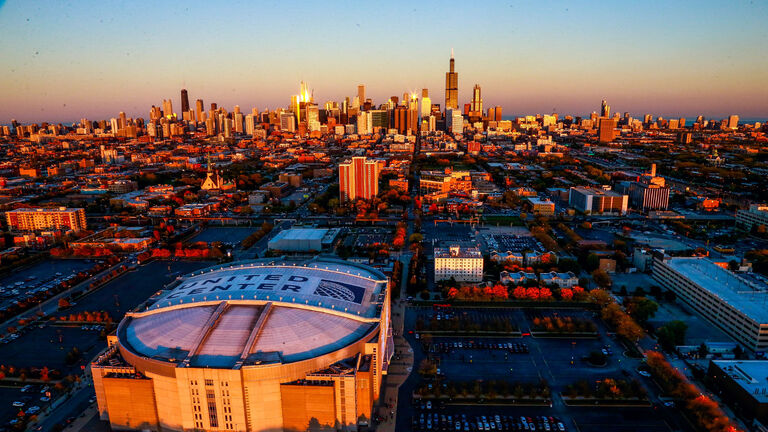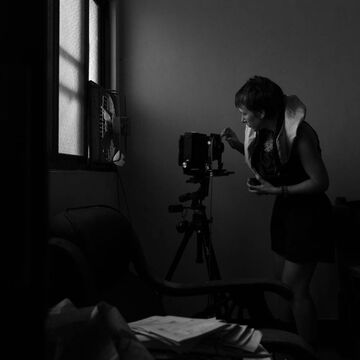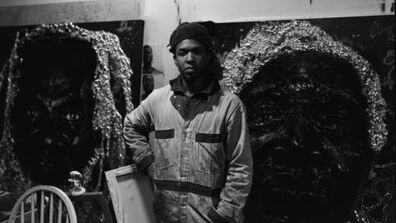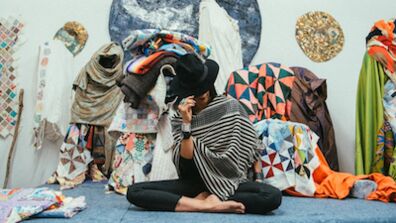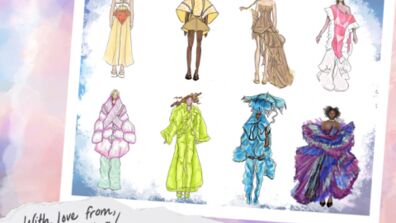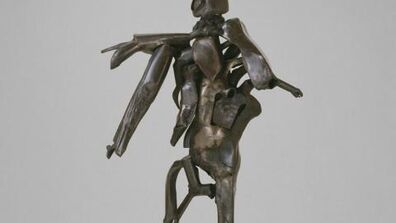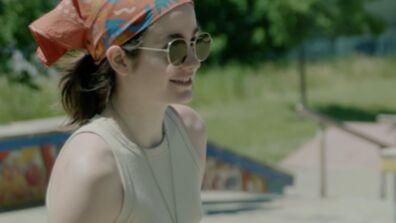In our latest issue of School of the Art Institute of Chicago magazine, we spotlight cultural institutions where SAIC community members have made their mark.
Magazine
Magazine
Ovid (BFA 2007) shares four spots that made him fall in love with the city.
Magazine
Magazine
Henderson (BFA 1992) creates art and builds community in her studio.
Magazine
News
Eliana Batsakis (BFA 2021) will join 11 other up-and-coming fashion designers on Netflix’s Next In Fashion.
Magazine
Bilal (MFA 2003) uses video games, camera footage, and interactivity to interrogate power in all its forms.
Magazine
News
Richard Hunt is one of scores of School of the Art Institute alums and faculty members who donated work to the SAIC Art Auction, with proceeds benefiting student scholarships.
Magazine
Alum Lid Madrid (BFA 2021) and OnWord Skate Collective are shifting skate culture to welcome non-traditional skaters into the scene.
